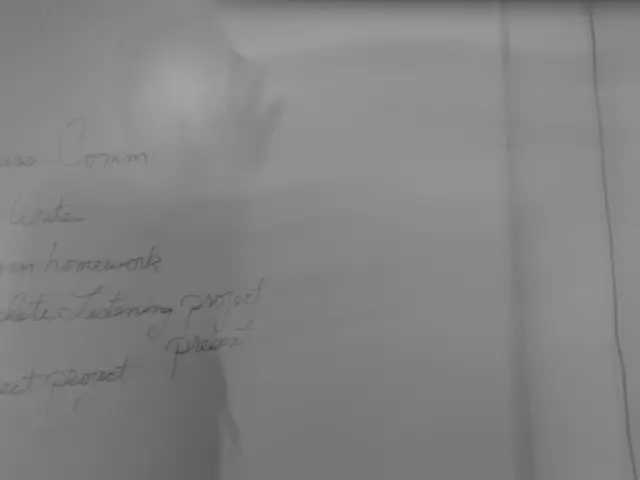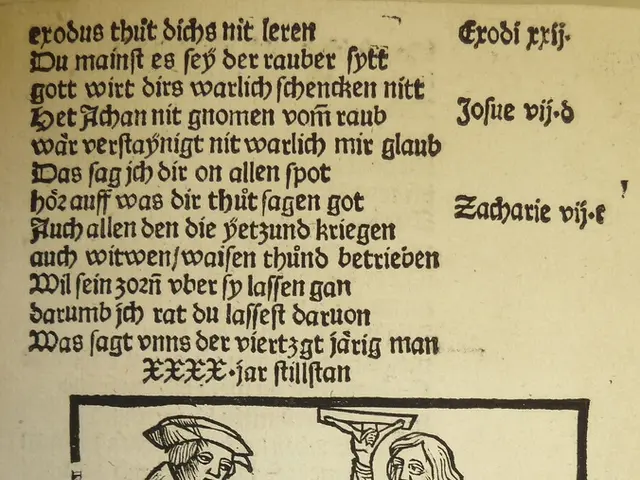Measuring Your Reaction Speed: A Step-by-Step Guide
In the realm of human performance, reaction time is a crucial factor that can significantly impact various aspects of our daily lives. This article will guide you through a simple, cost-effective, and practical method to estimate your reaction time at home using a ruler.
The Ruler Drop Method
To accurately measure your reaction time using a ruler, have a friend hold a ruler vertically with the zero mark just above your open thumb and forefinger, resting your arm on a table. Your friend releases the ruler without warning, and you catch it as quickly as possible. Record the measurement where you caught the ruler—the shorter the distance fallen, the faster your reaction time. Repeating the test several times and averaging the measurements improves accuracy.
Improving Reaction Time
To enhance your reaction time, it's essential to practice regularly, train neural and muscular coordination. Testing under different conditions, such as with background noise or distractions, helps build resilience. Combining this test with physical exercises that enhance hand-eye coordination and motor speed, like catching balls or playing fast-paced sports, can further improve your reaction time. Additionally, ensuring adequate sleep and nutrition is crucial, as factors like sleep deprivation can slow reaction times considerably.
A Practical Test for All
This ruler drop method is widely recommended for informal testing of reaction time in educational and home settings. By designing investigations, such as finding the average reaction time for different age groups or comparing reaction times between dominant and non-dominant hands, you can delve deeper into understanding your reaction times and those of others.
Quantifying Reaction Time
For a more quantitative conversion, the ruler distance can be translated into reaction time using the physics equation for free fall, enabling reaction time computation in seconds if desired.
A Note on Reaction Time
Reaction time is the time it takes for a person to respond to a stimulus. It depends on the time taken for signals to travel between the eye, brain, and hand. It's important to note that reactions are different from reflexes, which are involuntary and faster.
Stay Updated
This article was last updated on August 15, 2025, by Emma Vanstone. For more information about the brain and reaction time, consider exploring other ways to test reaction time, such as using a toy car or learning about the brain with a play dough brain model. Happy exploring!
Read also:
- Genetic Rarity Explored: Insights into Science, Struggles, and Misconceptions Surrounding Albinism
- Smoking Secondhand: Impact, Frequently Asked Questions, and Additional Information
- Strategies for Mitigating Negative Feelings in Customer Interaction with Your Goods or Services
- Is it necessary for concerts to be so excessively loud that ear protection is essential?








